Activity Content Sections
Instructions
Relevant Terminology
Pipeline: A line of connected pipes used for carrying liquids or gases over a long distance.
Pressure: The continuous force exerted on one object (like the inside of a pipe) by something in contact with it (like the water inside of it).
PSI: Pounds per square inch. A unit of pressure measured in force (pounds) exerted on a given surface area (square inch). Water flowing through a pipe can create a lot of pressure, and engineers have to have a way to measure that pressure.
Water pressure: A force that affects the rate at which water flows. The greater the pressure, the faster the water flows.


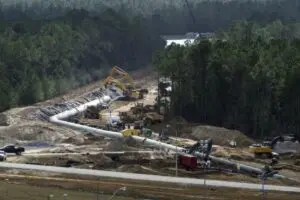
 Allow participants to freely experiment with different designs. Encourage discussion in each team. When the team thinks their system is ready, test it with some water.
Allow participants to freely experiment with different designs. Encourage discussion in each team. When the team thinks their system is ready, test it with some water.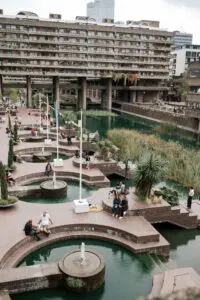
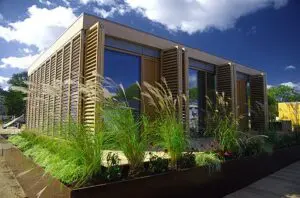
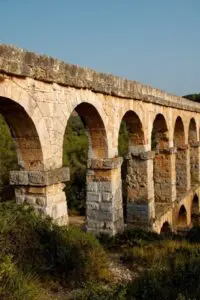


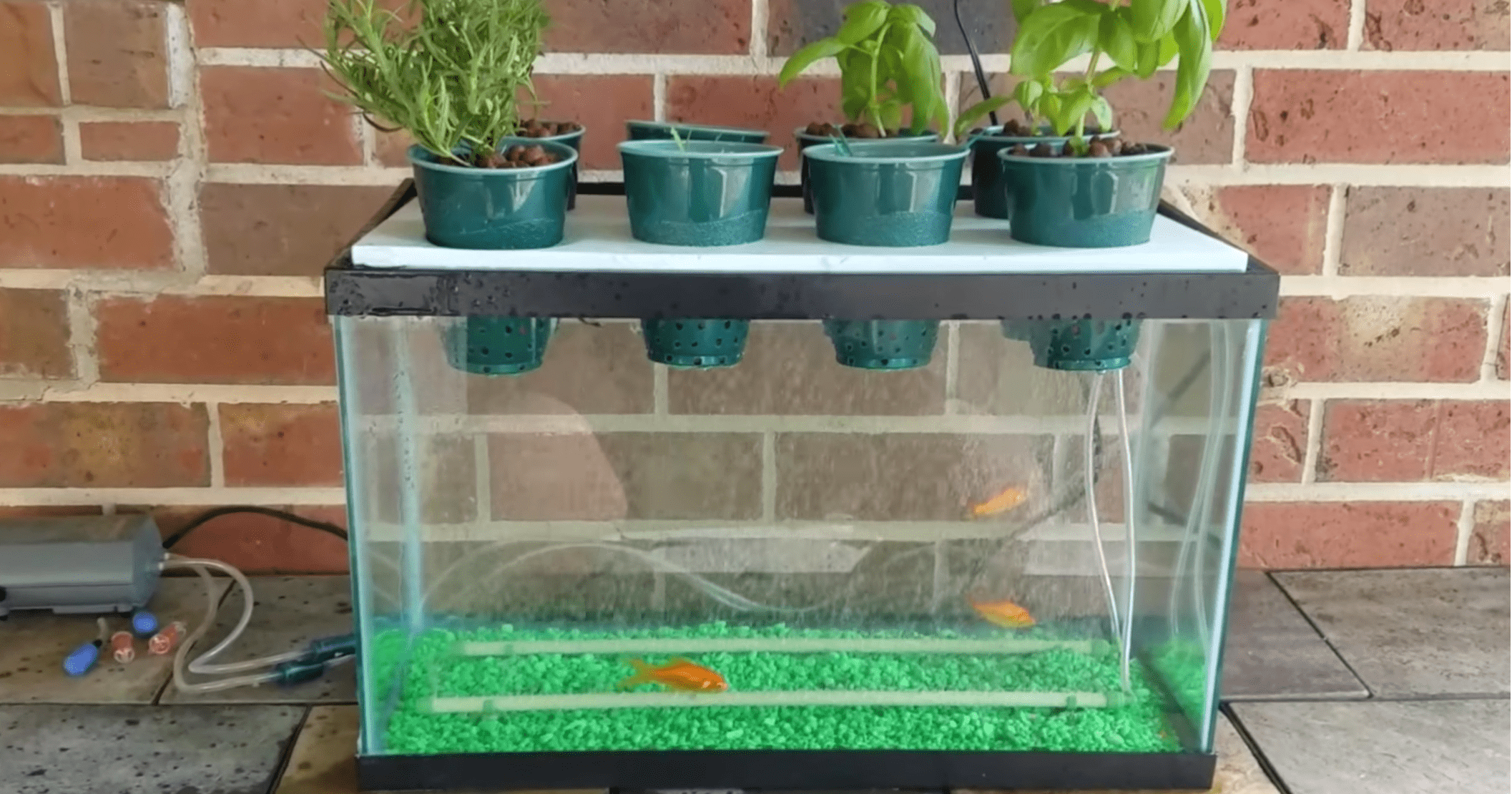
Leave feedback form
Thank you! Your submission is processing.